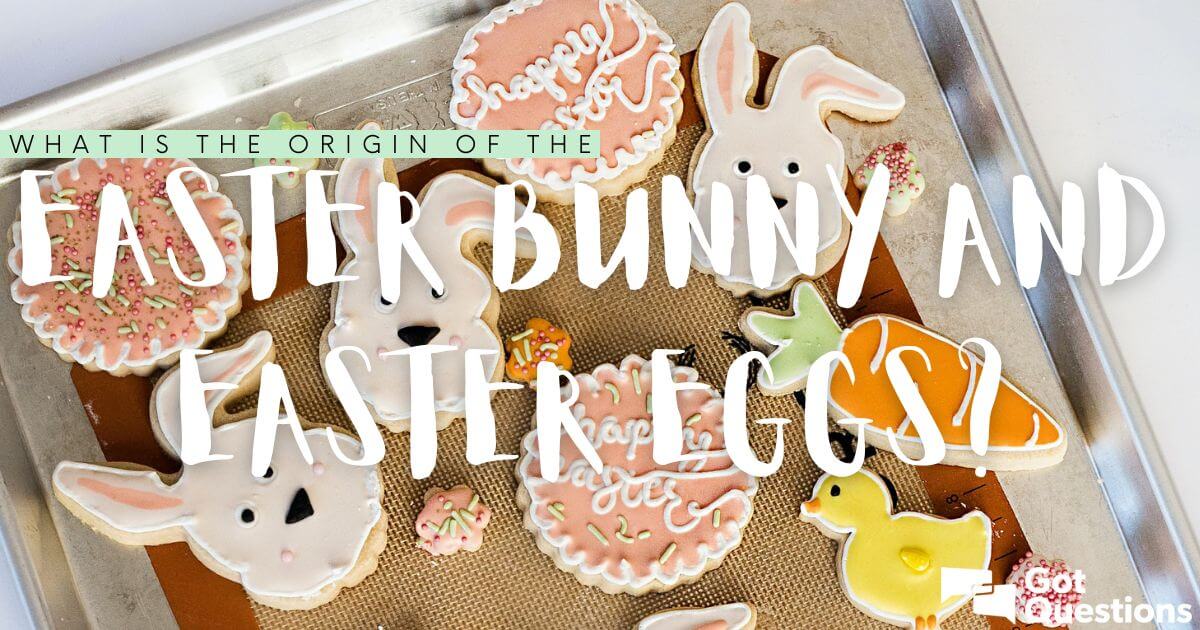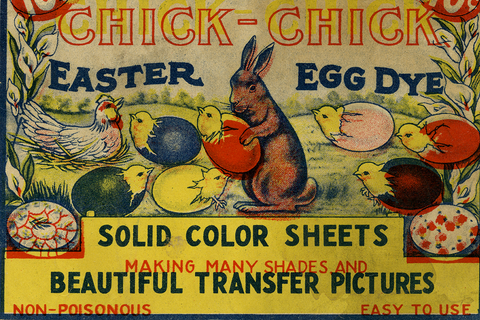The Origins of the Easter Bunny

Photo by Tesa Robbins auf Pixabay
Although the Bible makes no reference of a long-eared, short-tailed animal who delivers decorated eggs to well-behaved children on Easter Sunday; nonetheless, the Easter bunny has actually ended up being a prominent symbol of Christianity’s most crucial holiday.
According to some sources, the Easter bunny initially showed up in America in the 1700s with German immigrants who settled in Pennsylvania and transported their custom of an egg-laying hare called “Osterhase” or “Oschter Haws.” Their children made nests in which this creature might lay its colored eggs. Eventually, the custom-made spread across the U.S.

Furthermore, kids typically put out carrots for the bunny in case he got starving from all his hopping. The largest Easter egg ever made was over 25 feet high and weighed over 8,000 pounds. It was built out of chocolate and marshmallow and supported by an internal steel frame.
Some Of Easter Candy
The egg, an ancient symbol of new life, has actually been connected with pagan celebrations commemorating spring. From a Christian perspective, Easter eggs are said to represent Jesus’ introduction from the tomb and resurrection. Embellishing eggs for Easter is a custom that dates back to at least the 13th century, according to some sources.
Easter egg hunts and egg rolling are two popular egg-related customs. In the U.S., the White House Easter Egg Roll, a race in which children press embellished, hard-boiled eggs across the White House yard, is a yearly event held the Monday after Easter. The first authorities White House egg roll happened in 1878, when Rutherford B.
The event has no spiritual significance, although some individuals have thought about egg rolling symbolic of the stone obstructing Jesus’ burial place being rolled away, leading to his resurrection. Easter is the 2nd best-selling sweet holiday in America after Halloween. Amongst the most popular sweet deals with connected with this day are chocolate eggs, which date back to early 19th century Europe.
Easter – An Overview
Another egg-shaped sweet, the jelly bean, ended up being connected with Easter in the 1930s (although the jelly bean’s origins reportedly date all the method back to a Biblical-era mixture called a Turkish Delight). According to the National Confectioners Association, over 16 billion jelly beans are made in the U.S. each year for Easter, enough to fill a giant egg determining 89 feet high and 60 feet broad.

Bethlehem, Pennsylvania-based sweet maker Just Born (established by Russian immigrant Sam Born in 1923) started selling Peeps in the 1950s. The initial Peeps were handmade, marshmallow-flavored yellow chicks, however other shapes and flavors were later on introduced, consisting of chocolate mousse bunnies. In New York City City, the Easter Parade custom dates back to the mid-1800s, when the upper crust of society would go to Easter services at various Fifth Avenue churches then walk outdoors later, flaunting their new spring outfits and hats.
The tradition reached its peak by the mid-20th century, and in 1948, the popular movie “Easter Parade” was launched, starring Fred Astaire and Judy Garland and including the music of Irving Berlin. The title song consists of the lyrics: “In your Easter bonnet, with all the frills upon it/You’ll be the grandest lady in the Easter parade.” The Easter Parade tradition lives on in Manhattan, with Fifth Avenue from 49th Street to 57th Street being shut down throughout the day to traffic.
What Does Easter Do?

The occasion has no religious significance, but sources note that Easter processions have actually been a part of Christianity because its earliest days. Today, other cities throughout America also have their own parades. Lamb is a standard Easter food. Christians describe Jesus as the “Lamb of God,” though lamb at Easter likewise has roots in early Passover celebrations.
Members of the Jewish faith painted their doorposts with sacrificed lamb’s blood so that God would “pass over” their houses. Jews who transformed to Christianity continued the tradition of eating lamb at Easter. Historically, lamb would have been one of the first fresh meats offered after a long winter with no livestock to slaughter.
Their development from inactive bulbs in the ground to flowers signify the renewal and hope of Christ’s resurrection. Lilies are belonging to Japan and were brought to England in 1777, however wound their method to the U.S. in the wake of World War I. They went on to end up being the informal flower of Easter celebrations throughout the United States.
Some Known Questions About Easter Bunny.
If you celebrate Easter in The United States and Canada, opportunities are the Easter Bunny is a crucial part of your holiday experience. The majority of households ring in their celebrations by providing kids Easter baskets, taking part in Easter egg hunts, making Easter Bunny-inspired crafts, and even baking spring animal cupcakes. For kids and grownups alike, spring’s furry mascot is both beloved and ageless.
Leave a Reply